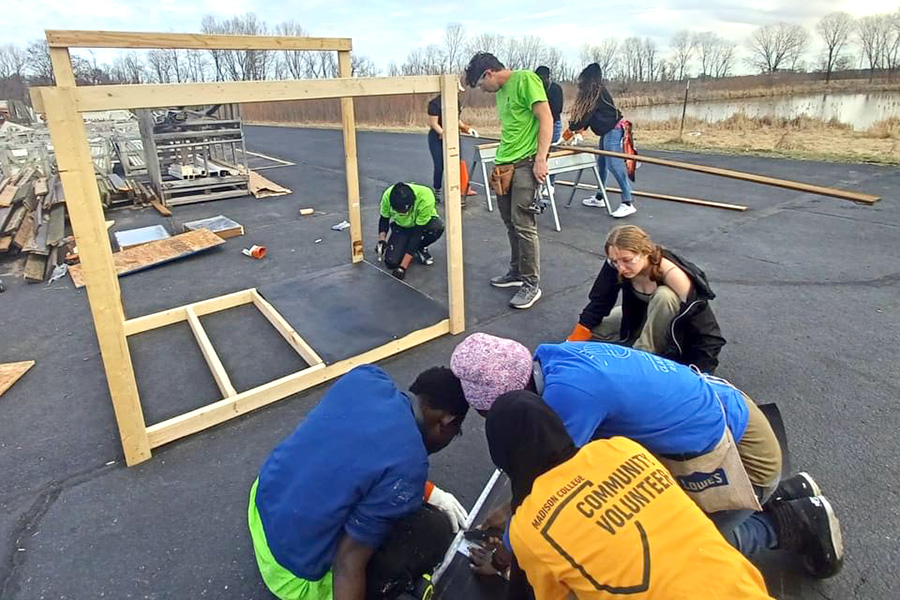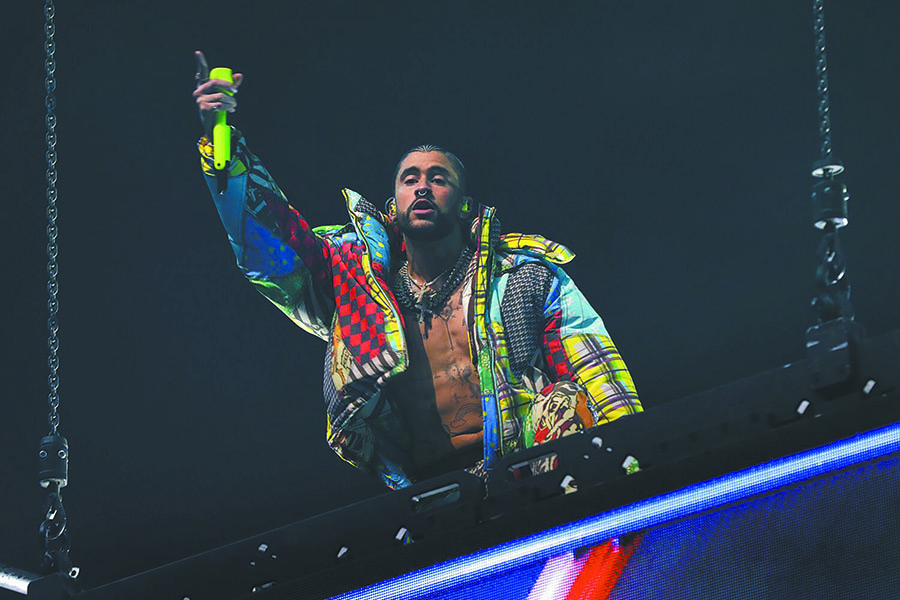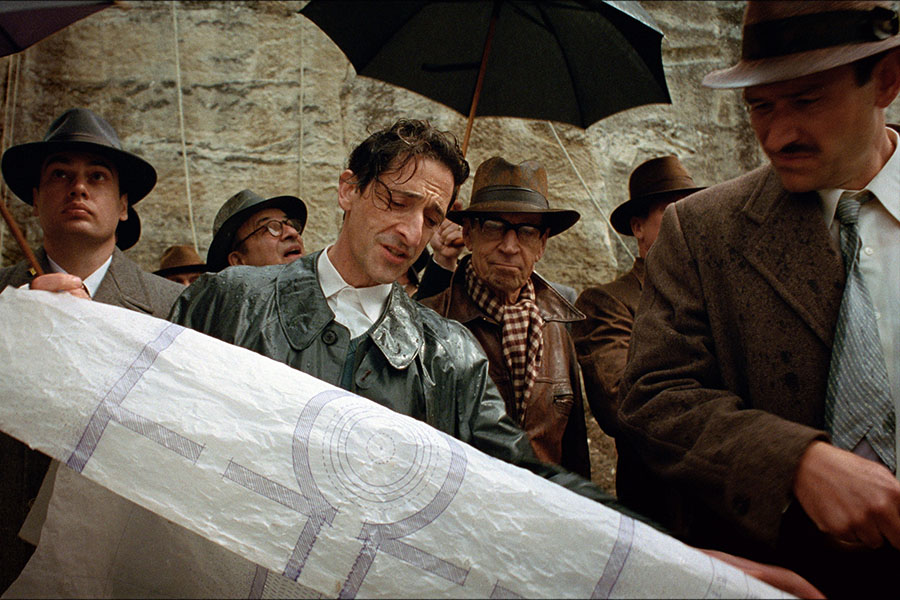Nintendo has been enjoying record profits since the Wii U released in November, but neither the hype nor total sales numbers come near the original Wii when it hit shelves six years ago. Retailers everywhere are stocked with the systems, but many question whether it’s time to upgrade.
Wii U’s hardware is a major upgrade from its less than powerful predecessor. IBM was recruited to develop a microprocessor that could narrow the vast performance gap that has existed between Nintendo and its competition. Equipped this tri-core chip, also known as Espresso, the Wii U finally has comparable processing power to the Xbox 360 and PS3.
The console’s reverse compatibility works only with original Wii games. Gamers looking to play classics from NES through GameCube will not be able to on their new hardware. Likewise, all GameCube controllers and accessories are incompatible with Wii U. Instead of carrying over the ancient corded controls again, Nintendo brought fans a fresh way to play.
There is no doubt that the sleek interactive GamePad is the selling point. The splendiferous 6.2 inch touch-screen comes equipped with quality speakers, a 1.3 MP camera, microphone and Bluetooth support. Additionally, the GamePad is compatible with the Wii BalanceBoard and can serve as a 3DS controller. Perhaps the most valuable function of the GamePad is serving as a game’s main screen. This feature will be appreciated by households that constantly fight over the television.
Much like a tablet, users can also use the GamePad to run apps in addition to playing games. For example, Netflix subscribers can view movies on the GamePad while leaving the TV free for other uses. Disappointingly, the battery life that only lasts a couple hours. Furthermore, Nintendo has insisted that they have no plans on selling GamePads as an accessory. Because owners are essentially limited to one per system, screen protectors and a padded case are strongly recommended.
Anyone ready to snag their own system has one more thing to consider. Potential buyers have the choice between the white 8GB Basic Set and black 32GB Deluxe Set. Priced at $300, the Basic Set has roughly 3GB of space available for data storage and digital downloads. This version comes with the essential cords, stylus and sensor bar. While both bundles include the system and GamePad, Deluxe Set offers close to 25GB of storage space and a copy of the game Nintendo Land.
It’s advised that those interested in this title buy the Deluxe Set for $350. When sold separately, Nintendo Land retails as a full price game for $60: more than the system’s price difference. Those who opt for the premium console will also find a stand for the system and controller cradle. The limited space of the Basic is the only issue with it, not that the Wii U works with external hard drives up to 2TB.
As is the case with most new systems following their launch, the Wii U has a lackluster collection of games and will likely rely on their trademark series to drive game sales. Online play isn’t nearly as painful with the new system and future titles like “Super Smash Bros. U,” “Pikmin 3” and “Zelda” have a lot of promise.
Nintendo’s outside-the-box approach has once again delivered a device that allows an escape from conventional gaming. All signs seem to be pointing up for Wii U, but only time can tell whether it will be the future of games or another recycled lunch box.

























